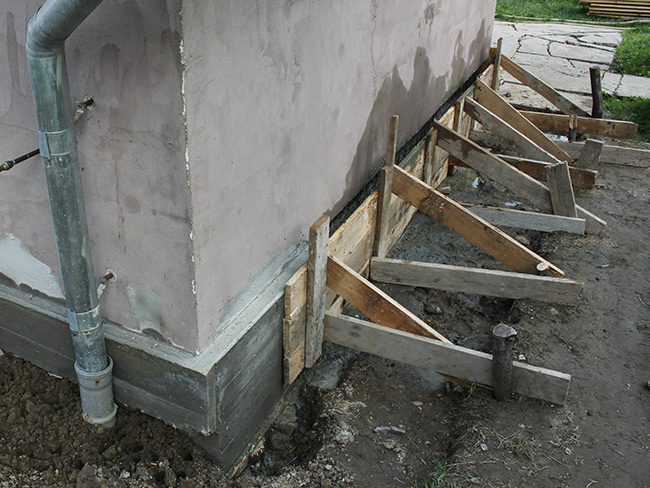A slab foundation consists of a concrete base which supports footings and load-bearing walls, typically used in warmer climates.
Slab foundations often experience moisture and drainage issues if the lot was not graded appropriately before pouring concrete, leading to costly repairs.
Plumbing for a slab home often runs beneath the concrete, making a repair more expensive than with houses with crawl space or basement foundations. Find out the best Underpinning Melbourne services.
Stability
Structures built upon slab foundations offer stability for homes and other structures; however, if not constructed or protected correctly they can become susceptible to issues. Negligence on part of construction crew, moisture penetration through poor moisture proofing measures or incompatible materials could all lead to cracks in the foundation which compromise its structural integrity and lead to cracks that compromise its structural integrity resulting in cracks which compromise home integrity.
Slab foundations distribute wall loads directly into the soil via footings that extend below the frost line, eliminating their vulnerability to flooding while remaining potentially subject to movement or failure due to freezing weather conditions.
Slabs may sink or settle over time, creating trip hazards within the home and damaging interior surfaces. Stabilization methods that lift and level out a slab can eliminate this hazard as well as stop further foundation deterioration; these repair methods are ideal for both concrete slab and pier-supported foundations.
Durability
A slab foundation consists of one large mass of concrete that is poured all at once onto the ground. Builders then use a footing – typically made up of various kinds of soil including sand – to support it and stabilize its position on the earth’s surface. This foundation type is most popular among warmer climates.
Because they’re designed to last, slab foundations typically need minimal upkeep to remain strong and sturdy. But it is still wise to remain alert for potential issues that might arise, such as leakage. Repairing this damage could involve breaking through concrete to access its source – an expensive endeavor in itself!
Be mindful of tree roots that could damage slab foundations. In addition, ensure the gutters are working effectively so water drains away from the foundation preventing flooding or becoming weak over time. If a problem exists it’s advised that you consult a construction defect attorney immediately.
Ease of Maintenance
An advantage to homes built on slab foundations is they’re less vulnerable to radon gas leaks and water damage, though that doesn’t make maintenance any less necessary – slabs may crack over time which is an ongoing maintenance issue and affect both its value and sellability.
Moisture levels around a slab are essential in maintaining its foundation, and are necessary for its integrity. Installing a french drain system can help manage moisture levels by diverting rainwater away from it during wet weather; keeping large shrubbery and trees away can also aid in maintaining consistent soil moisture levels.
Shifting can be caused by temperature fluctuations that cause concrete and soil to shrink and expand at different rates, creating the potential for shifting to occur. By maintaining stable indoor temperatures, shifting can be mitigated reducing costly repairs in the future.
Cost
A slab foundation is typically less costly than its crawl space or basement counterpart; however, several factors could increase its cost.
Assuming a slab foundation requires post-tension cables or steel rods (commonly known as rebar), its cost will increase slightly; furthermore, footings must also be installed which increases overall project expenses.
Slab foundations may be more costly than other forms of foundation construction if your soil does not lend itself well to this form of building. A professional contractor will run soil tests to ascertain your ground’s weight-bearing capacity and give advice as to whether a slab foundation would work for your property.
Slab-on-grade foundations offer flexible support systems for your home. However, before choosing this foundation type it’s important to take into account its architectural design, floor plan, layout and accessibility needs; especially if installing wheelchair ramps or other features that require accessibility. It may be better suited to other foundation types if that is part of your plans.

